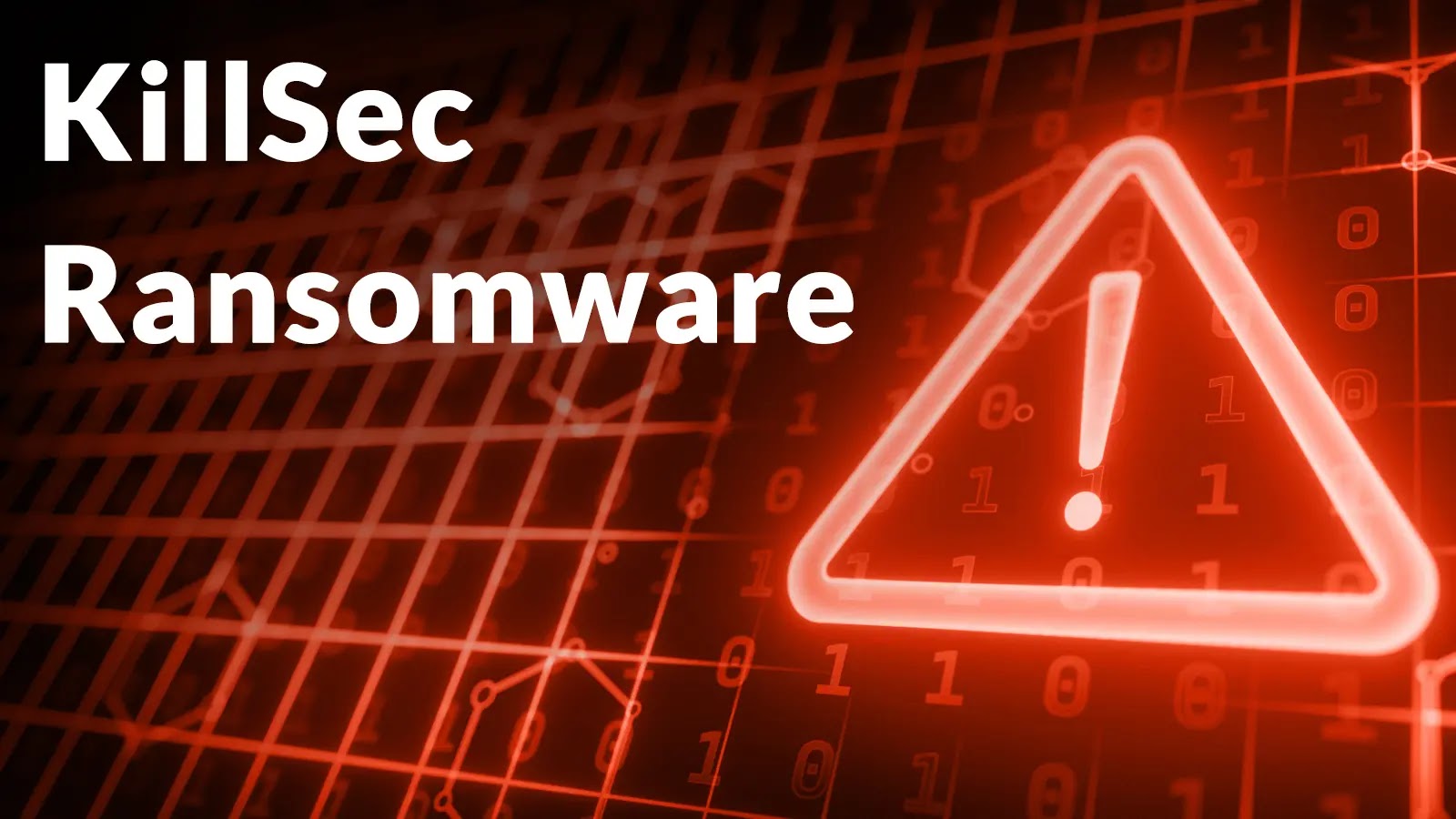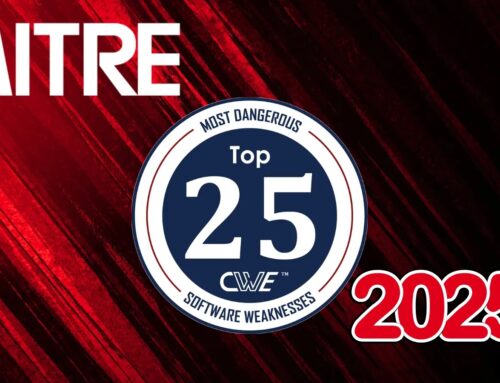
KillSec Ransomware Attacking Healthcare Industry IT Systems
The KillSec Ransomware: A Critical Threat to Healthcare IT Infrastructure
The healthcare industry, a perpetual target for cybercriminals due to the sensitive nature of its data and the critical services it provides, is facing a new and rapidly evolving threat: the KillSec ransomware. First detected in early September 2025, KillSec has rapidly distinguished itself as a formidable force, actively compromising IT systems across Latin America and beyond. Its modus operandi, leveraging sophisticated supply chain attacks, underscores a growing risk that demands immediate attention from security professionals.
KillSec’s Emergence and Attack Vectors
KillSec ransomware operators have demonstrated a clear strategic focus on the healthcare sector. Initial indicators of compromise surfaced when several Brazilian healthcare providers reported unusual network activity, a hallmark of ransomware infiltration. The most concerning aspect of KillSec’s deployment is its reliance on compromised software supply chain relationships. This method allows attackers to inject malicious code into legitimate software updates or widely used applications, enabling them to bypass traditional security measures and achieve broad initial access. This approach is reminiscent of other major supply chain attacks and highlights the need for robust vendor risk management and continuous software integrity checks.
Understanding the Impact on Healthcare
The successful deployment of ransomware like KillSec within healthcare IT infrastructures can have devastating consequences. Beyond the immediate financial demands of a ransom, healthcare organizations face severe operational disruptions, potentially jeopardizing patient care, data integrity, and regulatory compliance. The encryption of critical patient records, diagnostic tools, and administrative systems can lead to:
- Patient Care Interruption: Delayed or canceled procedures, inability to access patient histories, and compromised medical devices.
- Data Breach and Privacy Concerns: Exfiltration of sensitive patient health information (PHI), leading to potential HIPAA violations and reputational damage.
- Financial Loss: Ransom payments, recovery costs, legal fees, and long-term operational downtime.
- Loss of Trust: Erosion of public confidence in the healthcare provider’s ability to protect sensitive data.
Remediation Actions and Proactive Defenses
Defending against advanced threats like KillSec requires a multi-layered and proactive cybersecurity strategy. Healthcare organizations must not only respond effectively to an incident but also build resilience against future attacks. Here are critical remediation actions and preventative measures:
- Supply Chain Security Audits: Regularly audit and validate the security practices of all third-party software vendors and service providers. Implement strict vetting processes for new suppliers.
- Robust Backup and Recovery Strategy: Maintain frequent, air-gapped, and immutable backups of all critical data. Regularly test recovery procedures to ensure business continuity in the event of an attack.
- Endpoint Detection and Response (EDR)/Extended Detection and Response (XDR): Deploy advanced EDR/XDR solutions to monitor endpoints for suspicious activity, detect anomalous behavior, and provide rapid response capabilities.
- Network Segmentation: Implement strong network segmentation to limit the lateral movement of ransomware if a breach occurs. Isolate critical systems and sensitive data.
- Patch Management: Maintain a rigorous patch management program, ensuring all operating systems, applications, and firmware are up to date. This mitigates vulnerabilities that attackers often exploit. An example of a commonly exploited critical vulnerability is CVE-2023-xxxx (replace ‘CVE-2023-xxxx’ with a relevant, current CVE if one emerges, or note it is for illustrative purposes).
- Security Awareness Training: Educate all staff, especially those handling software updates or privileged access, on phishing attacks, social engineering tactics, and the importance of reporting suspicious activities.
- Incident Response Plan: Develop and regularly test a comprehensive incident response plan specifically for ransomware attacks. This plan should clearly outline roles, responsibilities, communication protocols, and remediation steps.
- Multi-Factor Authentication (MFA): Enforce MFA for all user accounts, especially for privileged access and remote access services, to significantly reduce unauthorized access.
Recommended Security Tools and Technologies
Implementing the right tools is crucial for effective defense against KillSec and similar threats.
| Tool Name | Purpose | Link |
|---|---|---|
| EDR/XDR Solutions | Endpoint and network threat detection, response, and forensic analysis. | (e.g., CrowdStrike, SentinelOne, Microsoft Defender for Endpoint) |
| Cloud Backup & Disaster Recovery | Secure, offsite data backups and rapid restore capabilities. | (e.g., Veeam, Rubrik, Cohesity) |
| Vulnerability Management Platforms | Identify and prioritize software and system vulnerabilities. | (e.g., Tenable.io, Qualys, Rapid7 InsightVM) |
| Threat Intelligence Platforms | Provide up-to-date information on emerging threats, attack vectors, and IOCs. | (e.g., Mandiant Advantage, Recorded Future) |
Conclusion: Strengthening Defenses Against Evolving Ransomware
The emergence of KillSec ransomware serves as a stark reminder of the persistent and evolving threats facing the healthcare sector. Its use of supply chain compromises signals a shift towards more sophisticated initial access techniques, demanding a recalibration of existing security strategies. Proactive measures, robust incident response planning, and continuous investment in advanced security technologies are not merely recommendations; they are imperatives for safeguarding patient data, maintaining operational continuity, and preserving the integrity of healthcare services.





